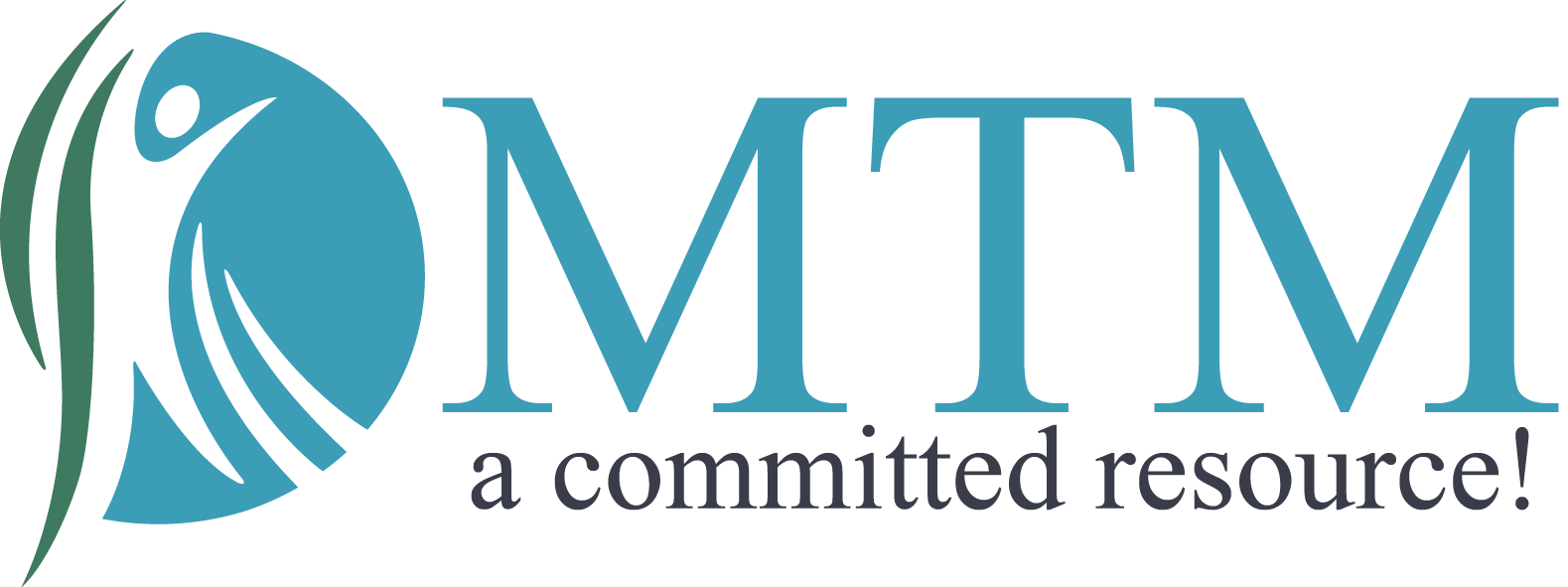Understanding the California Division of Workers’ Compensation Medical Billing and Payment Guide
Breaking Down Key Sections, Compliance Points, and Common Pitfalls for Healthcare Providers
Navigating the complexities of workers’ compensation billing can be daunting for healthcare providers. The California Division of Workers’ Compensation Medical Billing and Payment Guide (Version (877) 285-2686 serves as a vital resource in this process, outlining essential billing and payment procedures for medical treatment bills in the state's workers’ compensation system. This blog will break down the key sections of the guide, explain their impact on providers, and highlight important compliance points and common pitfalls to avoid.
Key Sections of the Guide:
Definitions and Billing Formats
- Impact: Clear definitions and standardized billing formats ensure consistency and accuracy in billing submissions.
- Compliance Points: Providers must use the specified formats (CMS-1500, UB-04, etc.) and understand the terminologies to avoid billing errors.
- Pitfalls to Avoid: Misinterpreting definitions or using incorrect billing formats can lead to rejections or delays in payments.
Bill Processing Requirements
- Impact: This section details the necessary documentation and steps for bill processing, ensuring providers submit complete and accurate bills.
- Compliance Points: Include all required documentation, such as treatment reports and authorization forms, with each bill submission.
- Pitfalls to Avoid: Incomplete submissions or missing documentation can result in denied bills and delayed payments.
Electronic Billing Standards
- Impact: Promotes the use of electronic billing (e-billing) to streamline the submission process and enhance efficiency.
- Compliance Points: Follow the specified electronic formats and transmission standards.
- Pitfalls to Avoid: Non-compliance with e-billing standards can lead to technical rejections and hinder payment processing.
Submission Requirements and Timeframes
Original Bill Submission:
- Timeline: Submit the original bill within 365 days of the date of service (DOS).
- Insurance Response Time:
- Electronic Bills: Insurers have 15 working days to respond and 45-60 days to pay.
- Fax/Mailed Bills: Insurers have 30 working days to respond and 45-60 days to pay.
Second Bill Review Submission:
- Timeline: Submit the request for second review within 90 days from the date of receiving the Explanation of Benefits (EOB).
- Insurance Response Time: Insurers have 14 days to respond to the second review request.
Independent Bill Review Submission:
- Timeline: Submit the request for independent bill review within 30 days from the date of receiving the second bill review decision.
- Response Time: The decision from the Independent Bill Review organization is typically provided within 60 days.
Penalties for Non-Compliance
- Impact: Highlights the financial penalties imposed for non-compliance with billing regulations.
- Compliance Points: Ensure all billing practices align with the guide’s requirements to avoid penalties.
- Pitfalls to Avoid: Non-compliance can lead to significant financial penalties, impacting the provider’s revenue.
Second Review and Appeal Procedures
- Impact: Provides a structured process for addressing billing disputes and underpayments.
- Compliance Points: Submit requests for second review within 90 days of receiving an EOR (Explanation of Review) and follow the appeal procedures meticulously.
- Pitfalls to Avoid: Missing the deadlines or not following the correct procedures can result in unresolved disputes and lost revenue.
Important Compliance Points
- Accuracy and Completeness: Always ensure bills are accurate, complete, and submitted in the correct format.
- Timeliness: Adhere strictly to submission and resubmission timeframes to avoid penalties.
- Documentation: Include all necessary documentation to support the billed services.
- Electronic Standards: Utilize e-billing systems compliant with the guide’s standards.
Common Pitfalls to Avoid
- Incomplete Submissions: Missing information or documentation can lead to rejections.
- Late Submissions: Submitting bills or resubmissions past the deadline can forfeit payment rights.
- Non-Compliance with E-Billing Standards: Ensure your electronic billing system meets the required standards to avoid technical issues.
- Ignoring Penalties: Be aware of the financial implications of non-compliance and strive to meet all regulatory requirements.
Conclusion
The California Division of Workers’ Compensation Medical Billing and Payment Guide is an indispensable tool for healthcare providers dealing with workers' compensation cases. Understanding and adhering to its requirements not only ensures compliance but also optimizes the billing process, leading to timely and accurate payments. At Medrina Technology Management, we specialize in navigating these complex regulations, helping providers avoid common pitfalls and ensuring smooth, compliant billing operations.
By breaking down the guide and highlighting key compliance points, we aim to empower our clients with the knowledge needed to excel in their billing practices. For expert assistance and comprehensive workers’ compensation billing services, trust Medrina Technology Management to guide you every step of the way.
Stay updated with the latest insights and news in medical billing services and workers' compensation billing and collections. Enter your email below to subscribe to our blog
Most Recent Articles




